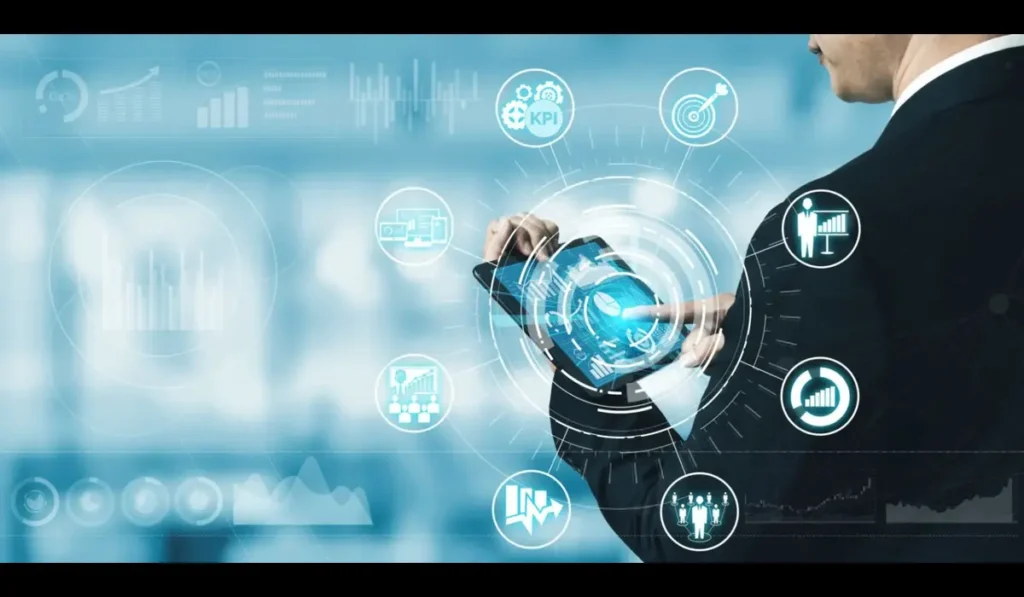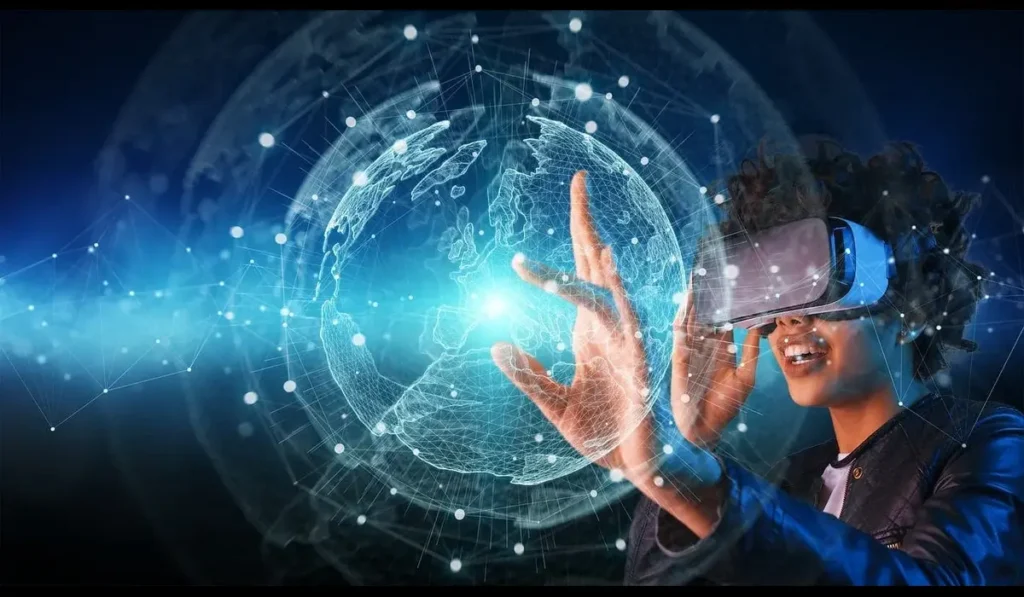In the realm of artificial intelligence, 2025 marks a transformative year. Beyond predictive analytics, chatbots, and rigid automation flows, a new era is emerging—Agentic AI. This paradigm represents a significant leap in smart automation, empowering AI to become autonomous, context-aware, and capable of executing complex tasks with minimal human intervention.
Unlike conventional AI, which follows pre-scripted commands, Agentic AI functions more like a digital co-worker: it thinks, plans, adapts, and acts independently toward achieving a defined goal. This article explores the rise of Agentic AI in 2025, its architecture, applications across industries, and the socio-economic implications of this next-gen innovation.
What is Agentic AI?
Agentic AI refers to intelligent systems designed to act autonomously on behalf of a user or system. These agents are not merely reactive—they are proactive, capable of setting subgoals, deciding how to achieve them, and iterating their strategies based on changing environments or feedback.
These agents possess qualities such as:
- Autonomy: The capacity to function on one’s own with little direction.
- Memory: Long-term and short-term contextual memory allows personalization and consistent task performance.
- Tool Use: They can interact with external software, APIs, web services, or even hardware.
- Planning and Reasoning: Instead of just responding to prompts, they can formulate multi-step strategies.
- Reflection: Agentic AI systems assess their own performance and revise actions if needed.
This transition from passive responders to active agents marks the most significant evolution in AI since the introduction of large language models.

Why 2025 is the Tipping Point
Several technological and economic shifts converge to make 2025 a breakout year for Agentic AI:
- Improved AI Models: Foundation models have reached a level of sophistication that enables abstract reasoning and dynamic problem-solving.
- Open-Source Frameworks: Development tools for building agents have become more accessible and modular.
- Cheaper Computing: Cloud infrastructure costs have dropped, enabling real-time multi-agent systems.
- Enterprise Adoption: Businesses are rapidly shifting toward automation due to cost pressures, workforce shortages, and global competition.
- Regulatory Readiness: Governments and corporations are setting clear guidelines for AI responsibility, accountability, and ethics.
As these factors coalesce, businesses, institutions, and even individuals are now able to deploy intelligent agents at scale.
How Agentic AI Works
At a technical level, Agentic AI consists of several building blocks:
1. Goal Definition
The agent starts with a user-defined goal—for example, “Optimize our email marketing campaign” or “Monitor incoming support tickets and resolve basic queries.”
2. Planning Engine
Instead of executing a static task list, the AI dynamically creates a sequence of actions. It evaluates different pathways, identifies dependencies, and adapts its plan in real time.
3. Memory System
Agents store contextual memory: previous outcomes, user preferences, or environmental changes. This allows them to personalize experiences or correct past mistakes.
4. Tool Use and Integration
Agentic AI connects to databases, dashboards, apps, APIs, or even smart devices. It might query a spreadsheet, send emails, scrape web data, or initiate physical responses in IoT systems.
5. Reflection & Feedback
After completing tasks, the agent reviews the outcome. Did the campaign yield results? Was the customer query resolved properly? This feedback loop helps it improve.
These capabilities enable Agentic AI to perform complex, multi-layered workflows that previously required full-time human oversight.
Key Use Cases in 2025
1. Business Operations
From managing CRM systems to handling internal task routing, AI agents now streamline entire business operations. They identify bottlenecks, schedule resources, and even generate business reports based on KPIs.
2. Customer Support
From planned responses to sympathetic agents, customer support bots have changed over time. They handle inquiries, escalate only when needed, and track ticket history for smooth interactions.
3. Healthcare
Agents analyze patient records, flag anomalies in diagnostics, suggest next steps to doctors, and even assist in remote monitoring via wearable devices.
4. Education
Personal AI tutors craft lessons tailored to a student’s pace, weaknesses, and preferences. They adjust material in real-time and provide assessments that reflect deep comprehension.
5. Supply Chain and Logistics
Agentic AI systems monitor inventory, track shipping conditions, and make autonomous decisions on rerouting shipments to prevent delays.
6. Marketing and Sales
Agents run end-to-end marketing: segmenting customers, testing email variants, analyzing click-through rates, and reallocating budgets to the most effective campaigns.
7. Smart Homes and Cities
In smart homes, agents can control energy usage, monitor security, and automate daily routines. In cities, they manage traffic flows, public transport, and urban resource allocation.
Business Impact and Efficiency Gains
Organizations implementing Agentic AI report:
- 25–40% boost in productivity
- Significant reductions in manual task load
- Lowered operational costs due to less need for micro-management
- Faster customer response times and higher satisfaction scores
- Data-driven decision making with minimal delay
The shift allows human workers to focus on strategic, creative, or interpersonal tasks while agents handle repetitive cognitive work.

Challenges and Considerations
Despite its promise, Agentic AI brings new challenges:
1. Security Risks
Autonomous agents with access to systems or data can become targets for cyberattacks or manipulation if not properly secured.
2. Alignment and Trust
Ensuring agents act within company values or legal frameworks is vital. Misaligned objectives or unchecked autonomy could result in costly errors or PR disasters.
3. Oversight
Human-in-the-loop models are needed to ensure agents remain accountable. Kill switches, activity logs, and manual override systems are necessary safety nets.
4. Workforce Disruption
As agents automate more roles, businesses must reimagine job functions. Upskilling and job redesign are essential to prevent displacement.
The Rise of Agentic AI Ecosystems
Rather than isolated systems, we now see multi-agent ecosystems—collections of agents collaborating toward larger goals. For example:
- A sales agent works with a data agent and a content-writing agent to deliver a campaign.
- In logistics, route-optimization agents communicate with inventory agents and procurement systems.
This agent collaboration simulates human teamwork and enables companies to scale operations seamlessly.
The Human-AI Partnership
Crucially, the most effective deployments of Agentic AI involve a symbiotic relationship with humans. The human’s function changes from executor to:
- Supervisor
- Strategist
- Ethics monitor
- Creative director
Rather than compete, humans and agents complement each other. This reshapes not only tasks but workplace culture itself.
Looking Ahead: 2025 and Beyond
By the end of 2025, expect:
- Enterprise-wide deployments of agent systems.
- Industry-specific AI agents tailored for law, healthcare, finance, and logistics.
- Consumer-facing personal agents that manage digital tasks, calendars, finances, and communications.
- Legislation focuses on ethical deployment and privacy standards for autonomous AI.
- Global standardization for interoperability between AI agents across platforms.
By 2030, we may see the emergence of self-managing businesses, where human leaders focus on vision while digital agents handle execution.
Related Blog: Zuck Bucks: Meta’s Bold Move in the AI Talent War
FAQs: Understanding Agentic AI
Q1. How is Agentic AI different from ChatGPT or traditional AI?
Agentic AI doesn’t just respond—it acts. It builds plans, executes tasks across platforms, remembers past interactions, and adapts based on context.
Q2. Will Agentic AI replace jobs?
It may automate tasks, but not necessarily jobs. The focus is on automating repetitive tasks so humans can focus on creative, strategic, and supervisory roles.
Q3. Can small businesses use Agentic AI?
Yes. Many tools are now affordable and scalable, allowing startups and SMEs to deploy agents for tasks like customer service, marketing, and inventory management.
Q4. Is Agentic AI safe?
When properly deployed with controls, logging, and oversight, Agentic AI is safe. However, like all technology, misuse or poor design can create risks.
Q5. What skills will be in demand in the age of agents?
Human-AI collaboration, prompt engineering, oversight management, ethical governance, and system design will become essential skillsets.
Conclusion: Toward a Smarter Future
Agentic AI represents the next evolutionary stage in automation. It breaks free from the linear, rule-bound systems of the past and steps into a world where machines can autonomously think, act, and evolve.
In 2025, organizations that embrace this shift will experience unprecedented efficiency, responsiveness, and innovation. But they must also prepare for new responsibilities—governing their agents, safeguarding user trust, and ensuring that this smart automation serves people, not replaces them.
The rise of Agentic AI is not just about smarter machines—it’s about smarter collaboration between humans and AI. And that partnership is set to define the digital decade ahead.




